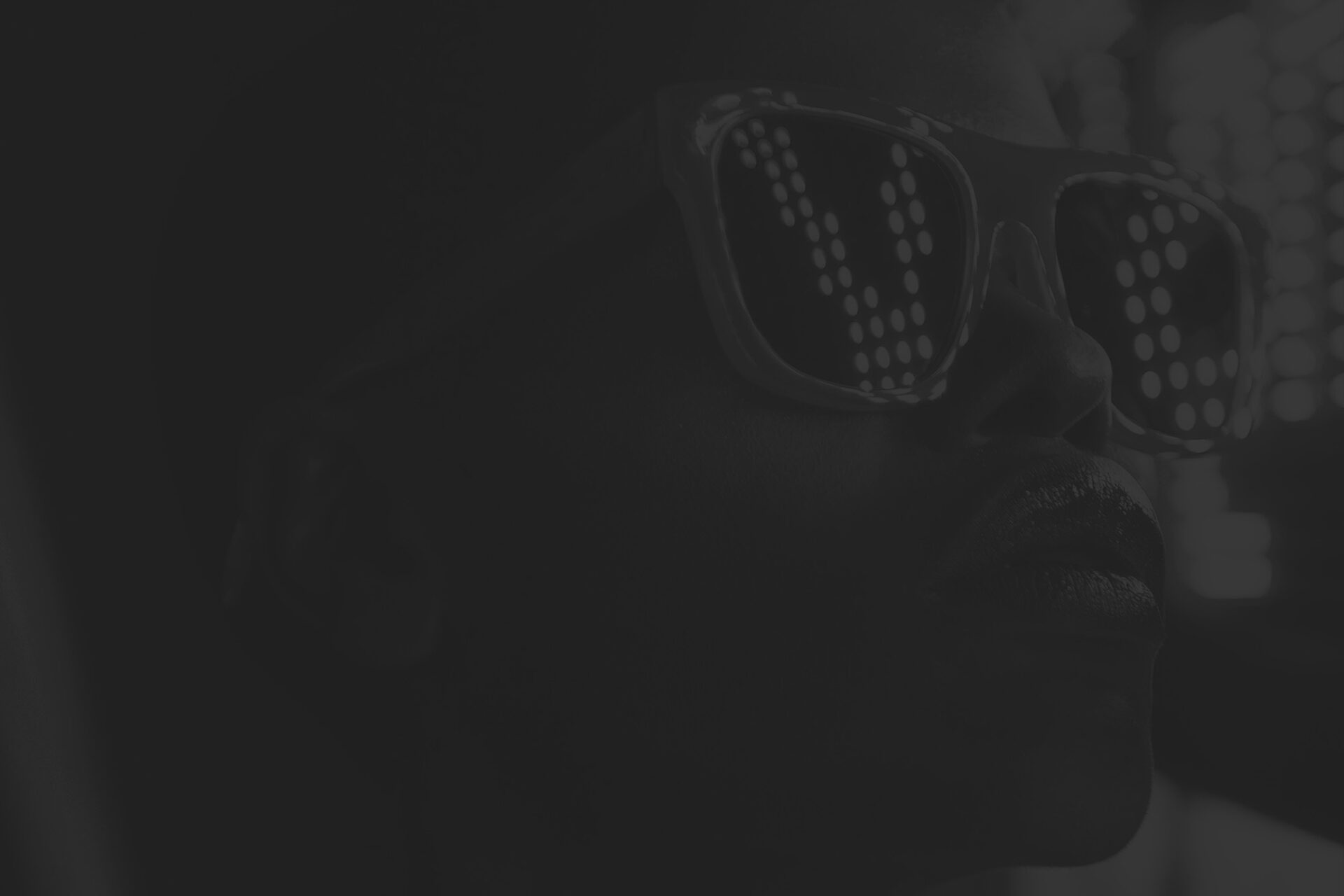Regardless of the blurred nights and the draining hangovers leading to mixed intensified feelings once the alcohol leaves the body, many bipolar individuals still choose to drink. For some, the relaxed feelings and the heightened mania far outweigh the negative effect alcohol has on the mood. Many people believe bipolar disorder references someone experiencing happiness one moment and sadness or anger the very next as if someone turned on a switch. Hopelessness or feeling lost can mixing suboxone and alcohol occur, fluctuating to intense feelings of happiness, or numbness. It may seem like a constant back and forth struggle, but it is so much more to each individual suffering.
Diagnosing Bipolar Disorder and Alcohol Addiction
- Our writers include physicians, pharmacists, and registered nurses with firsthand clinical experience.
- For intermediate and long-term treatment, the dogma persisted for a long time that AUD needs to be treated first and sufficiently before attention should be paid to the mental health disorder.
- If you or a loved one is ready to overcome an alcohol addiction, reach out today.
- Many of the principles of cognitive behavioral therapy are commonly applied in the treatment of both mood disorders and alcoholism.
- Of the 228 Bipolar probands, 75.4% (74% in bipolar I patients and 77% in bipolar II patients) fulfilled criteria for DSM-IV life time alcohol dependence.
In addition, patients with more treatment-resistant symptoms (i.e., rapid cycling, mixed mania) are more likely to have comorbid alcoholism than patients with less severe bipolar symptoms. If left untreated, alcohol dependence and withdrawal are likely to worsen mood symptoms, thereby forming a vicious cycle of alcohol use and mood instability. However, some data indicate that with effective treatment of mood symptoms, patients with bipolar disorder can have remission of their alcoholism.
Alcohol and symptoms of bipolar disorder
It’s also worth noting that while this article has focused on alcohol, the relationship between bipolar disorder and other substances is equally important. For instance, can weed cause bipolar is another common question, as marijuana use is prevalent among individuals with bipolar disorder. Similarly, can drug use cause bipolar disorder is a topic of ongoing research and concern. For individuals grappling with both bipolar disorder and alcohol concerns, developing effective management strategies is crucial. The first step is often acknowledging the problem and seeking professional help.
Another explanation for the connection is that people with bipolar disorder can exhibit reckless behavior, and AUD is consistent with this type of behavior. Some of these effects may happen with low to moderate alcohol use, not just heavy or substance use disorder. You do not need to have a physical dependency to experience the effects of alcohol on bipolar disorder.
What’s the relationship between bipolar disorder and alcohol?
Always ask a doctor’s advice before stopping a medication or changing your treatment routine. Treatment for these conditions will depend on several factors and may include inpatient or outpatient programs. If a person has psychosis and consumes alcohol, this can lead to both short-term and long-term complications. To identify AUD, your doctor will ask you a series of questions about your habits and your body’s reactions to drinking.
Whether a person consumes or misuses alcohol during a manic or depressive phase, it can be hazardous and possibly life-threatening for them and for those around them. A person who consumes alcohol during a manic phase has a higher risk of engaging in impulsive behavior because alcohol reduces a person’s inhibitions. If you have bipolar disorder, AUD, or both, talk to your doctor about treatment options that will work for you. Use of this website and any information contained herein is governed by the Healthgrades User Agreement.
In the alcoholic patients, bipolar illness and alcoholism were categorized as being either primary or secondary. The patients with primary alcoholism had significantly fewer episodes of mood disorder at followup, which may suggest that these patients had a less severe form of bipolar illness. The latter appears to be mainly driven by illicit drugs (OR 7.46 in BD-I and 3.30 in BD-II) (28). For AUD, however, a recent meta-analysis of 22 studies showed no difference between BD-I (OR 3.78) and BD-II (OR 3.81) (28). A recent catchment area study in Northeast England found a 40% lifetime comorbidity between BD II and AUD, surprisingly with little difference between female (38%) and male (43%) subjects (36).
Alcohol misuse and bipolar disorder can also produce overlapping symptoms, and they may trigger each other in some circumstances. Consuming alcohol during a depressive phase can increase the risk of lethargy and can further reduce inhibitions. Bipolar disorder affects around 4.4 percent of is salvia addictive people in the United States at some time in their lives. It’s also possible to experience episodes of depression with manic symptoms simultaneously.
They will also gather information about a person’s past and current behavior with alcohol and other substances. In certain cases, psychosis with delusions or hallucinations can occur in people with bipolar disorder. Atypical antipsychotics (aAP) have increasingly become a treatment of choice in BD.
Bipolar disorder is a mood disorder characterized by distinct high and low mood episodes. Periods of mania, hypomania, and depression in bipolar disorder can significantly affect a person’s level of functioning and quality of life. Alcohol use disorder (AUD) is a pattern of alcohol use characterized by an inability to control drinking and other behaviors that cause significant impairment. However, this self-medication approach often backfires, leading to a sober houses in boston vicious cycle of worsening symptoms and increased alcohol dependence. Bipolar disorder and substance abuse can create a feedback loop, each condition exacerbating the other and making treatment more challenging.
During a depressive episode, a person will already be experiencing a low mood and perhaps lethargy. Consuming alcohol while feeling depressed can intensify lethargy and reduce inhibitions. When symptoms of a depressive episode last for at least two weeks, it meets the criteria for a bipolar 2 diagnosis. Depressive symptoms affect people with bipolar 1 and bipolar 2, but they tend to occur more often and last longer in bipolar 2 disorder. We’re here 24/7 to help guide you or your loved on through rehab and recovery.
Today, strategies that promote concomitant therapy of dual disorders are the established treatment of choice (80) and recommended in major guidelines (81). However, treatment adherence and compliance remain a challenge in this special group, since medications are often not taken as prescribed (61) and psychotherapy appointments are often missed. Studies support that the most important predictor of non-adherence in BD is comorbid alcohol and/or drug abuse (82, 83). Thus, effective psychosocial (84), psychoeducational (85, 86) or psychotherapeutic (87, 88) intervention for AUD and BD can also positively impact on medication adherence and, by this, ameliorate the course especially of BD (84). However, also the reverse is true (66), the pattern and frequency of AUD can foster new episodes of BD, both mania and depression (67, 68); increasing severity of AUD predicts occurrence of a new major depressive episode (MDE) (69). The Collaborative Study on the Genetics of Alcoholism is a family pedigree investigation that enrolled treatment-seeking alcohol-dependent probands who met the DSM-IV criteria for alcohol dependence (70).


